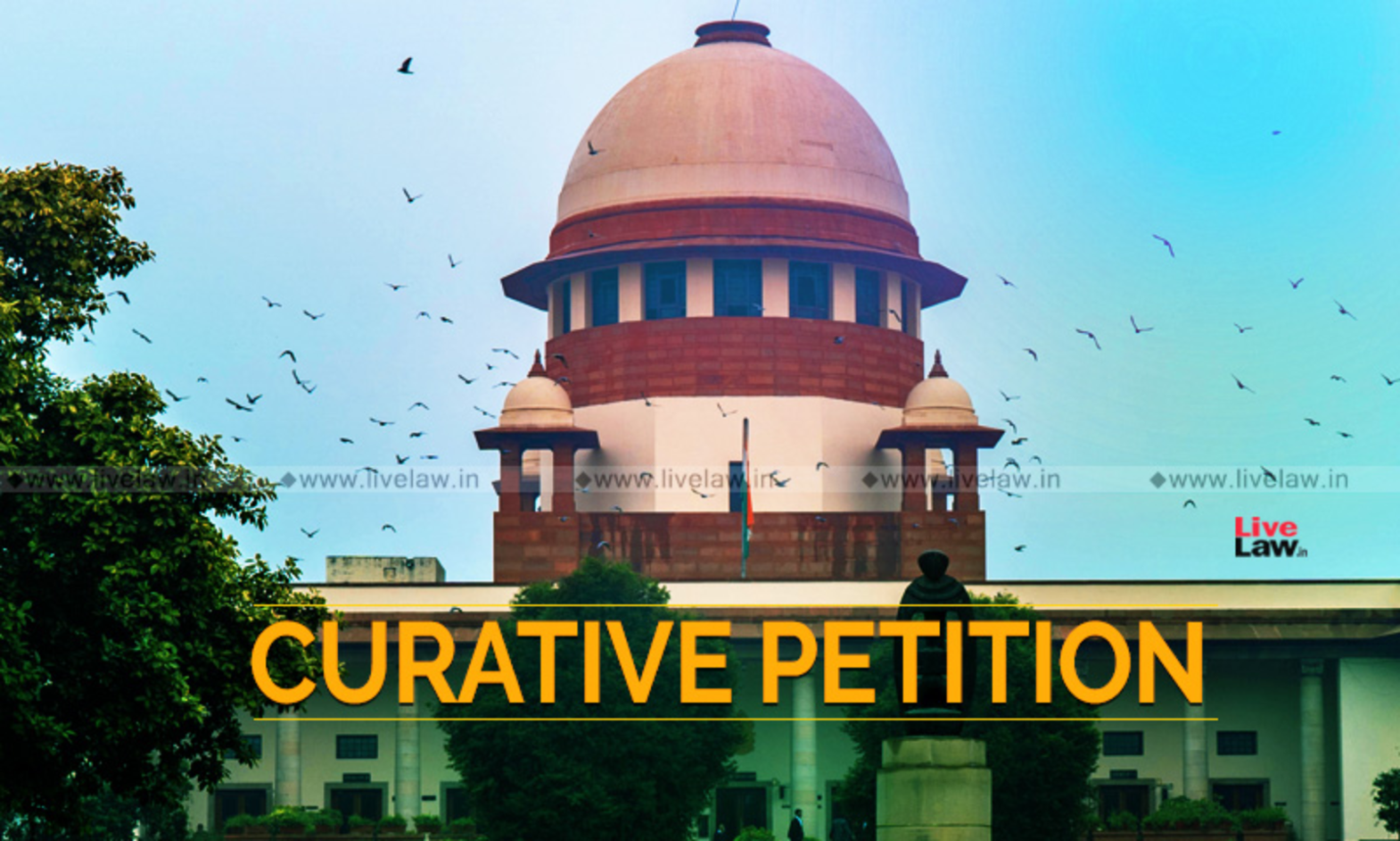
Copyright infringement not intended
Picture Courtesy: https://www.livelaw.in/know-the-law/explained-what-is-curative-petition-151681
Context: A recent ruling in the Delhi Metro Rail Corporation case serves as an example of the Supreme Court of India's "Curative Jurisdiction," and it highlights a worrying pattern of the Court overturning its own rulings.
Origin of Curative Jurisdiction
- Curative jurisdiction is a legal concept developed by the Supreme Court of India in response to the need for a final remedy to prevent grave miscarriages of justice or irremediable injustice.
- It was formally recognized in the landmark case of Rupa Ashok Hurra v. Ashok Hurra (2002), where the court established curative petitions as a means to correct judgments that shock the judicial conscience and perpetuate injustice.
|
Purpose of curative petitions
●Preventing Miscarriages of Justice: Curative petitions serve as a safeguard against egregious errors or unjust outcomes that remain uncorrected through regular legal avenues like review petitions.
●Curbing Abuse of Process: The Supreme Court aims to deter frivolous or baseless petitions that could clog the judicial system by imposing stringent criteria for filing curative petitions.
|
Constitutional Basis
- The power of the Supreme Court to entertain curative petitions is derived from Article 137 of the Constitution of India. This article grants the court authority to review its own judgments to prevent miscarriages of justice, providing a constitutional basis for curative jurisdiction.
Criteria for Filing Curative Petitions
Curative petitions are not available to all litigants and are subject to strict criteria to ensure they are used judiciously. The petitioner must establish two primary points:
- Violation of Natural Justice: The petitioner must demonstrate a genuine violation of fair court procedures during their case. This could include denial of an opportunity to be heard, failure to present relevant evidence, or procedural irregularities.
- Judicial Bias: Evidence must be provided to suggest that judicial bias negatively affected the case, such as a judge having a personal connection to the opposing party or a financial interest in the case's outcome.
Key Features and Requirements of Curative Petitions
- Grounds for Filing: The curative petition must specify the grounds that were raised in earlier review petitions dismissed by circulation.
- Senior Advocate Certification: A certificate from a senior advocate confirming that the petition meets the criteria for filing a curative petition is required.
- Procedure and Circulation: After filing, the curative petition is circulated to a special bench comprising the three most senior judges of the Supreme Court and the judges who delivered the challenged judgment (if available).
Process and Scrutiny
Filing a curative petition involves a rigorous process to ensure its merit:
- Review by Senior Judges: The special bench reviews the curative petition to assess whether it meets the criteria and warrants further consideration.
- No Time Limit: Unlike review petitions, curative petitions can be filed at any time, although delay must be justified.
- Safeguards Against Abuse: The Supreme Court has the authority to impose heavy costs on petitioners filing curative petitions without merit to deter misuse of this remedy.
Handling of Curative Petitions
A special bench of senior judges is constituted to handle curative petitions:
- The bench initially reviews the petition to determine if it warrants a hearing.
- If a majority of the judges on the bench agree, the petition is listed for a hearing, ideally before the same bench that conducted the initial review.
- Decisions on curative petitions are typically made in chambers, although open hearings may be requested for transparency.
- The court may seek assistance from a senior lawyer (amicus curiae) to provide additional legal expertise during the consideration process.
Conclusion
- Curative jurisdiction represents an extraordinary legal remedy within India's judicial system, allowing the Supreme Court to revisit its judgments in exceptional cases where fundamental principles of justice are at stake. It serves as a vital mechanism to correct grave errors or injustices while imposing safeguards to deter misuse or abuse of this remedy. By upholding the integrity of the judicial process, curative petitions play a crucial role in ensuring fairness and accountability in the administration of justice.
Must Read Articles:
CURATIVE PLEA
Source:
The Hindu
|
PRACTICE QUESTION
Q. Consider the following statements in the context of the Curative petitions:
1. Curative petitions are an extraordinary remedy and can only be filed against the final judgment, decree or order of the Supreme Court itself.
2. There is no specific time limit for filing a curative petition.
3. The concept of curative petitions has evolved through Supreme Court judgements based on principles of natural justice.
4. The court hearing the curative petition can either uphold the original judgment or set it aside.
How many of the above statements are correct?
A) Only one
B) Only two
C) Only three
D) All four
Answer: D
|




